In February of 2013 the International Olympic Committee (IOC) dropped wrestling from competition after the 2016 Games in Rio de Janeiro. Fans, wrestlers, and the public at large created such a tremendous world wide response that the IOC Executive Board voted to include wrestling on the list of candidates for the 2020 Olympics. The final decision will be made at an IOC session in September 2013.
Some facts regarding Wresting:
- Wrestling is considered the oldest sport on earth, with wrestling images identified in cave drawings going back to 3,000 B.C.
- Wrestling is one of the original sports in the ancient Olympic Games in Greece.
- Wrestling was included in the first modern Olympic Games in 1896 and continued on in the Olympic program.
- Wrestling is one of the most diverse sports in the world, with nearly 200 nations from all continents participating in the sport.
- Many cultures have their own unique traditional style of wrestling.
- The United States has won 129 medals in wrestling at the Olympics, which is fourth among all U.S. sports programs.
- The United States has won 52 Olympic gold medals, including two at the 2012 London Games.
- The United States has won a World Team title in all three Olympic styles, men’s freestyle (1993, 1995), women’s freestyle (1999), and Greco-Roman (2007).
USA Wrestling has more than 160,000 members. These members include athletes of all ages, coaches, officials, parents, and fans striving together to strengthen the sport. Each year, USA Wrestling charters over 3000 wrestling clubs and sanctions over 1600 local, state, regional, and national competitions. http://www.keepolympicwrestling.com/page/show/842473-wrestling-facts
According to data from the Center for Injury Research and Policy, football and wrestling are the two high school sports that have the highest risk of serious injury to athletes. The National Collegiate Athletic Association Injury Surveillance System states that the injury rate for college wrestlers is 9.6 injuries per 1,000 athlete exposures. Of these injuries, the majority occur during competition, particularly during take-downs. http://sportsmedicine.about.com/od/findyourinjurybysport/a/The-Most-Common-Wrestling-Injuries.htm
As with any other sports, injuries to participants occur. And where there are injuries, there are lawsuits. The following are some examples of recent lawsuits.
In 2009 the Seattle Times reports: The attorney for a former West Seattle High School wrestling standout who suffered a spinal-cord injury in his neck two years ago during a wrestling practice, says a $15 million settlement with the Seattle School District will provide for the injured student's future. “A lawsuit filed on behalf of Clay alleged that he was injured in January 2007 on a single mat negligently used during wrestling-team practice on West Seattle High School's concrete cafeteria floor. ‘The mat was too small for the number of wrestlers practicing on it,’ Connelly said. Two other boys fell on Clay while he was wrestling with his practice partner.” http://seattletimes.com/html/localnews/2008844893_schoolsettlement12m.html
In 2011 Wish TV of Indianapolis, Indiana covered a story they titled: “Mom blames staph infection on unclean mats.” They explained: “North Central High School student, diagnosed with a staph infection, is pointing to lax standards at his school as the source of his infection.” http://www.wishtv.com/dpp/news/local/marion_county/mom-blames-staph-infection-on-unclean-mats
Wresting demands a lot for the athlete, but really not so much from the facilities. Many wrestling rooms are just rectangle rooms with mats. Some rooms are quite sophisticated with fans (air movement helps prevent mildew), rope trainers, take down machines, pull-up bars, and exercise bikes. All rooms should have padding on the walls and mats that meet the ASTM F1081 - 09. A key safety component in wresting is the cleaning of the mats. Soft bristled brooms should be used to remove loose materials and then a disinfectant cleaner (ask the mat manufacturer what should be used) should be applied by mop or cloth. It is vital that as much of the cleaner be used as possible without allowing water to seep under the mats. You cannot clean the mats too often.
During our travels my staff has seen many wresting room that meet the needs of the athletes’ safety, and some that have not. We have seen wrestling tournaments that have been held with mats inches away from upright poles.
The key to safety in a wresting room is the supervision of the participants/athletes, the understanding of the requirements and actions of the sport (in wrestling people are moving all the time – falling, lunging, and pushing/pulling), and designing the facility to meet those needs.
As with many other recreational activities the ASTM International has created standards for wresting mats. One is ASTM F1081 - 09 Standard Specification for Competition Wrestling Mats. The standard states: “This specification establishes the physical and performance requirements for qualifying construction designs of competition wrestling mats used in U.S. collegiate or high school style (Type I), and international free style (Type II) wrestling. All mat constructions are included here, except for felt-core mats enclosed in sewn covers. The mats shall be tested and conform accordingly to tensile strength, shock absorption, and thickness requirements.” This Standard is available for purchase at: http://www.astm.org/Standards/F1081.htm
The other ASTM standard for wresting mats is ASTM F355 - 10a Standard Test Method for Impact Attenuation of Playing Surface Systems and Materials. This standard states: “This test method measures the impact attenuation of playing surface systems and materials, specifically the peak impact acceleration (“impact shock”) produced under prescribed impact conditions.” Section 1.3 says “This test method is applicable to impact attenuating mats and padding used in sports facilities, including stadium wall padding, gymnastic mats and wrestling mats.” In simple terms this standard tests to insure the mats are able to absorb the fall of a wrestler. The “A” Missile is the equipment to test the wresting mats. This Standard is available for purchase at: http://www.astm.org/Standards/F355.htm

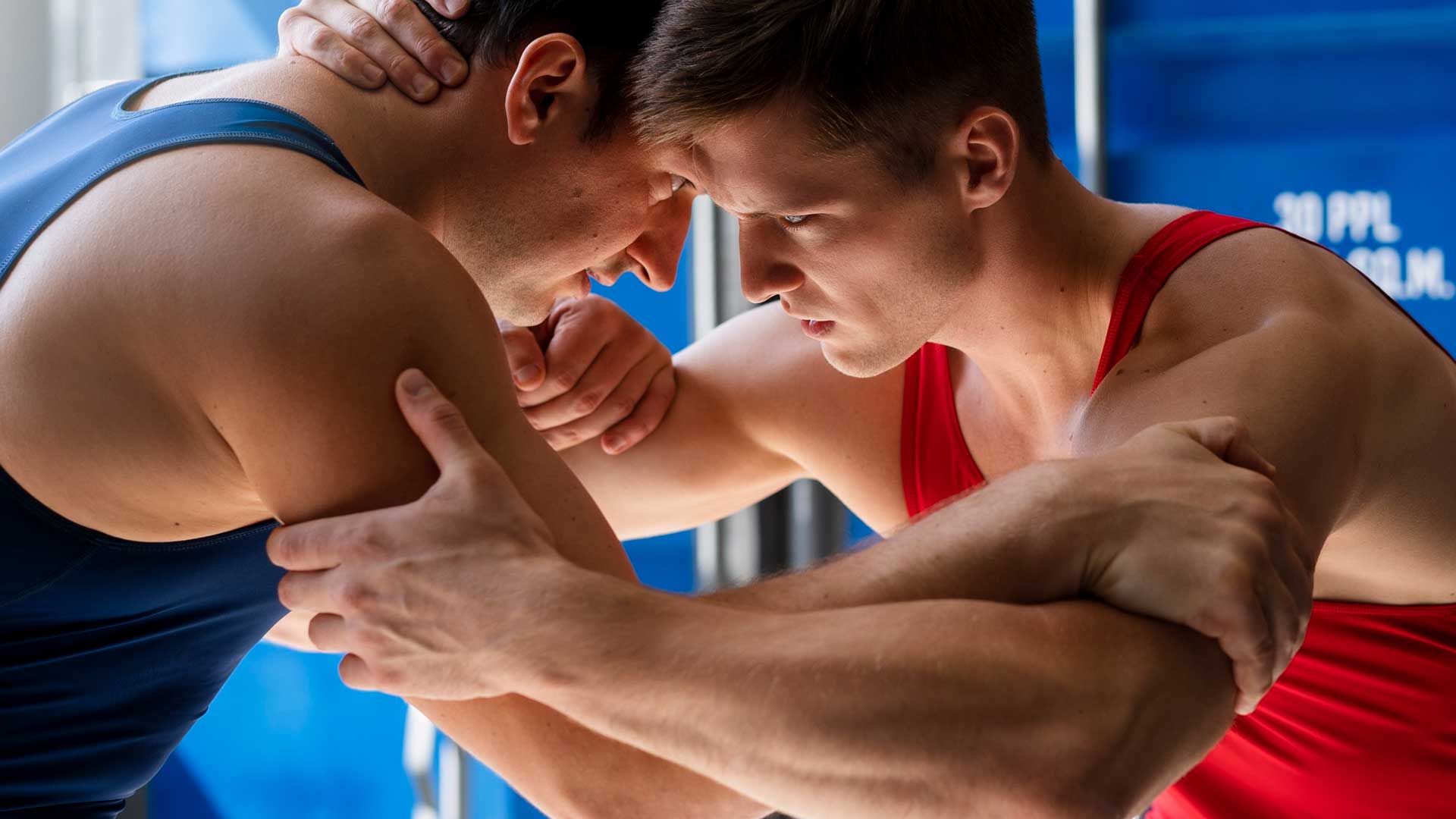

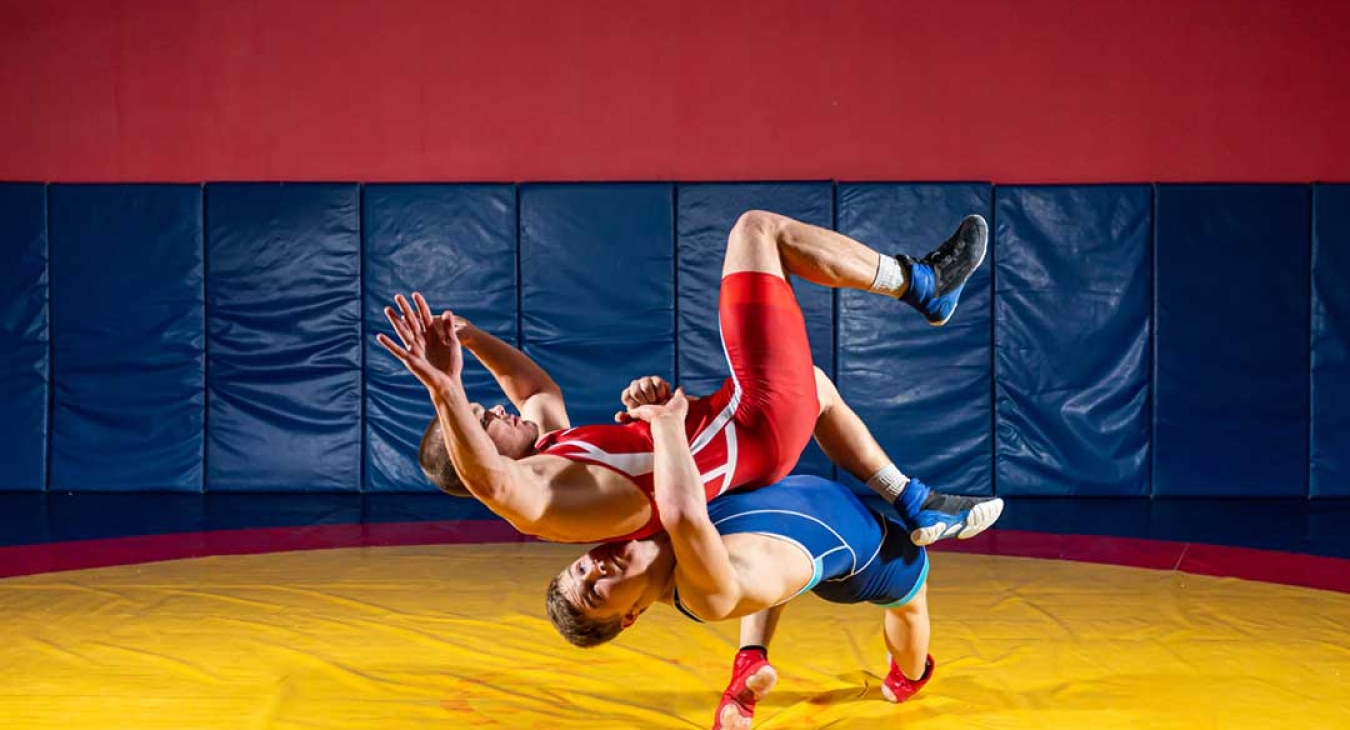
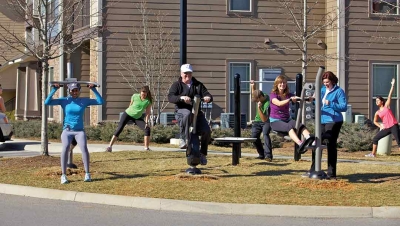

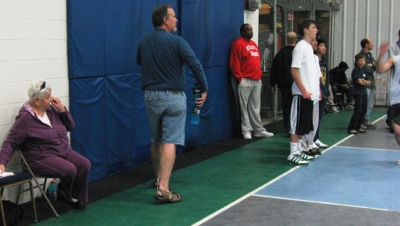





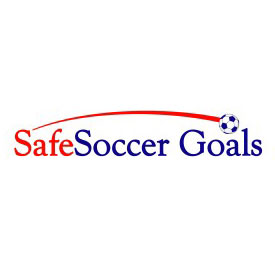





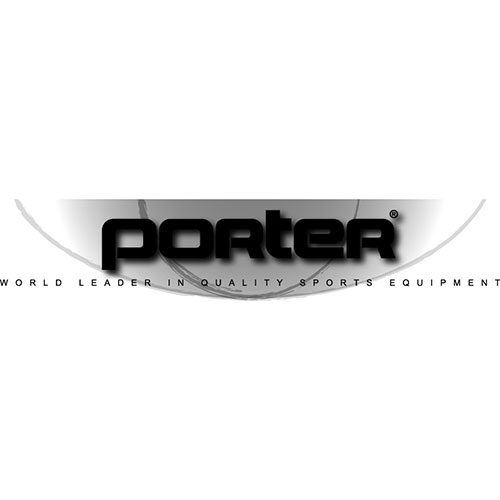


I am looking for some
I am looking for some information in regard to the design of a wrestling room for a high school wrestling program in Portland, Oregon. As a member of a HS wrestling parent advisory committee I am trying to locate the best resources to present a case to the design committee that is administering to the new design of the school. The current plan to provide the committee with an education based on factual information, and design criteria drawing on wrestling organizations with solid base line experience. Can you share resources and or could we connect to review best practices and methods.
Thanks
[email protected]
719 291-6386